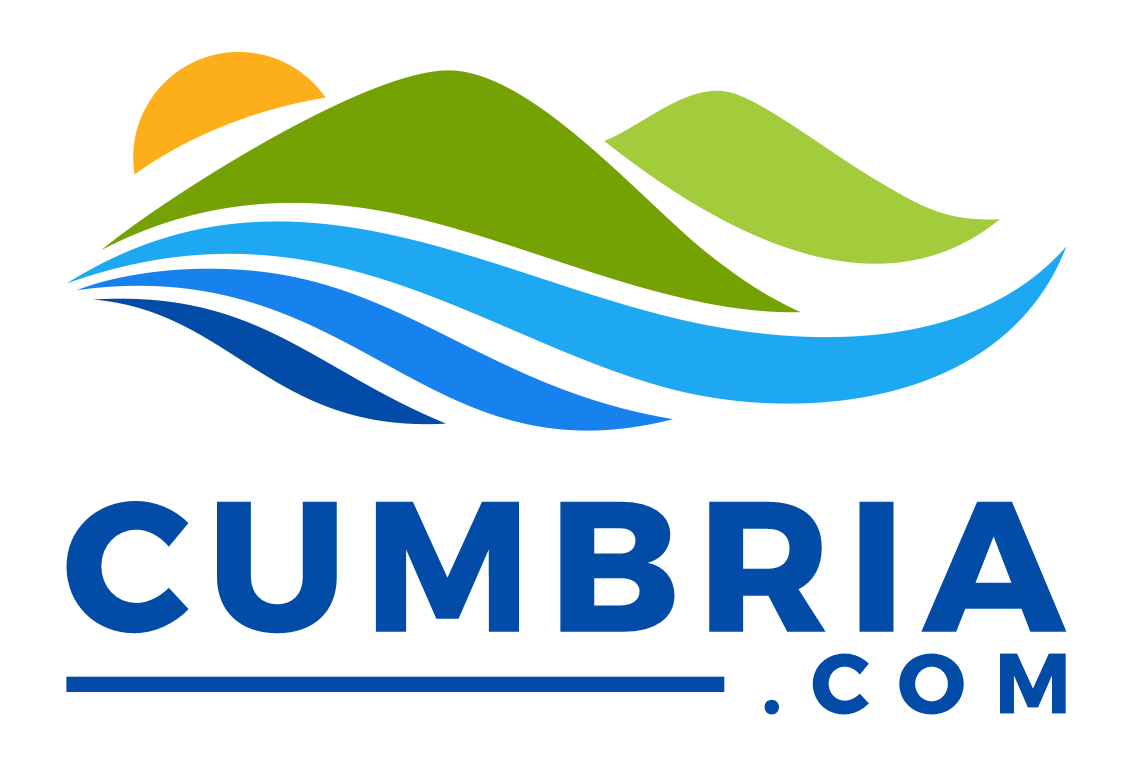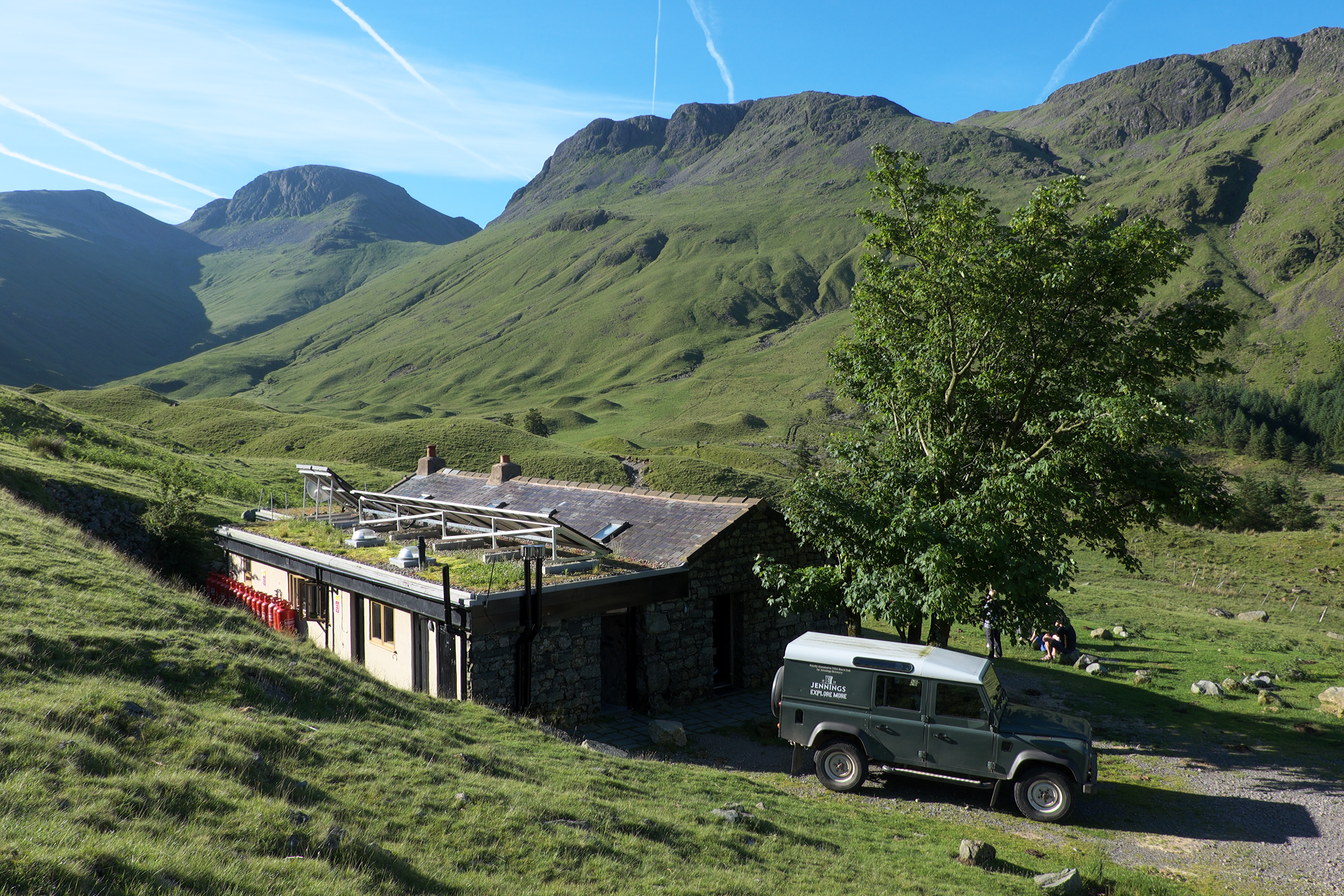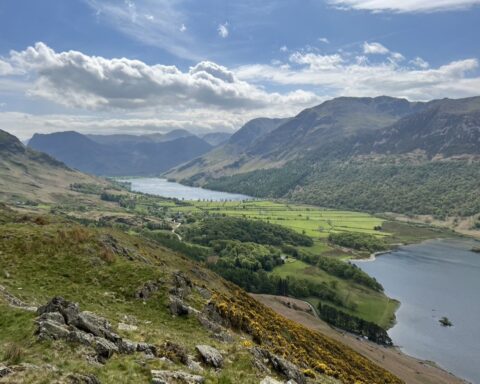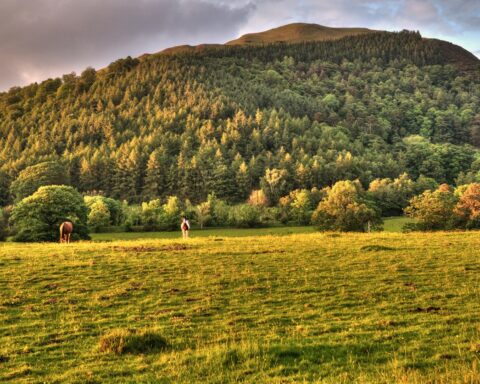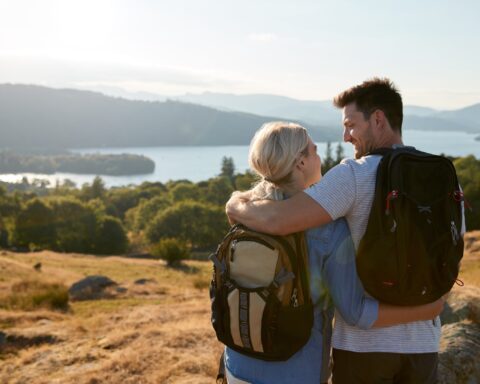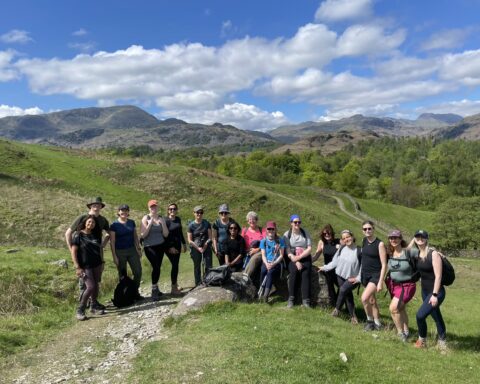A Wilderness Retreat in the West Lake District
Ennerdale stands out as one of the most remote and wild Lakeland valleys, with no roads and few buildings. Its landscape is characterised by steep, craggy fells surrounding a beautiful valley, home to the ribbon lake of Ennerdale Water and the untamed River Liza. The area is a mix of broadleaf and conifer woods, which are gradually returning to a more natural state.
Ennerdale Bridge: First Stop on Coast-to-Coast
Ennerdale Bridge serves as the gateway to the far western dale. This small village boasts a few pubs, several B&Bs, and a notable community-run café which also offers groceries. It is the first overnight stop on the popular Coast to Coast long-distance walking route. During the spring and summer months, the village sees a high influx of through-hikers. Just a short drive west of Ennerdale Bridge, where public transport is absent, are two small road-end car parks. Located at Bleach Green and Bowness Knott, these car parks provide access to the valley by foot or bicycle.
Ennerdale Water Circuit
The seven-mile circuit of the lake is the most popular low-level walk, although there are paths in the woods too. These often brush up against some of the many hundreds of archaeological sites that have been discovered in the valley. These sites, often appearing as mere earthworks or piles of stones, hold significant historical value. They include a medieval bloomery for smelting iron ore using charcoal, a 600-year-old longhouse, and an Iron Age settlement.
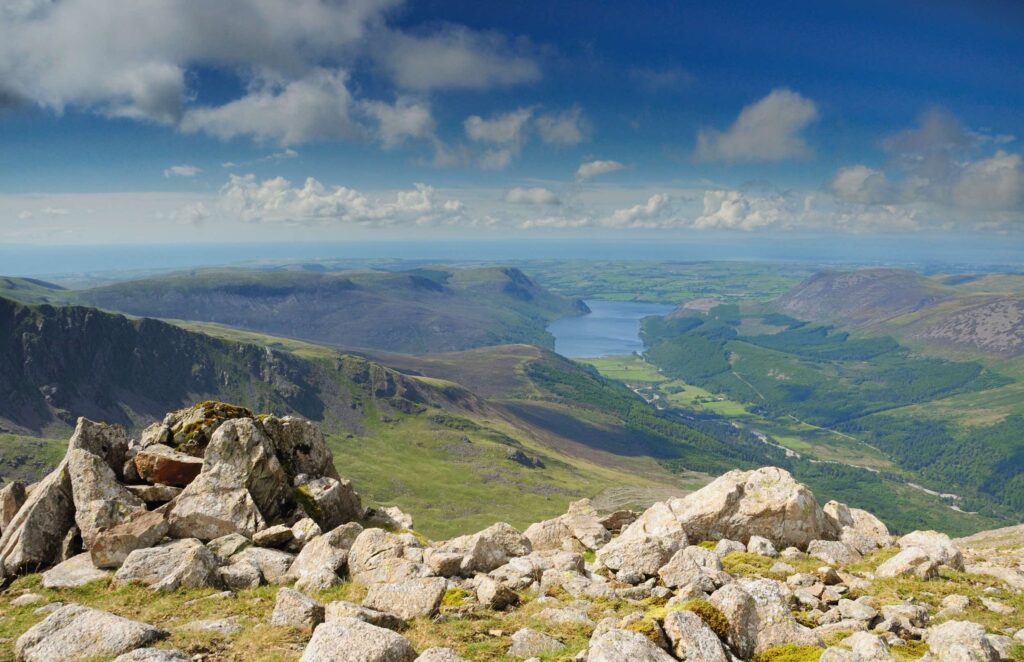
Ennerdale Water Accessible Walks: Routes for All and Many
Miles Without Stiles features two walking routes along Ennerdale Water. A 2km circular path, suitable for all, begins at Bleach Green car park. It meanders by the lake and winds through Broadmoor Plantation. The 4km linear ‘Route for Many’ starts from a wooden footbridge and follows the lake to a wheelchair-accessible picnic spot. This route, along with the circular path, offers stunning views of the Ennerdale fells. Both begin and end at Bleach Green car park and require car access, as there is no public transport available. Amenities are available in nearby Ennerdale Bridge.
Fells of Ennerdale
If you’re a fell-walker who enjoys solitude and doesn’t mind putting in the miles, Ennerdale’s the perfect place. Red Pike, High Stile, Hay Stacks, Great Gable, Kirk Fell, Pillar, and Steeple are among the many highlights of the area. However, as there are no roads into the valley, reaching these high grounds involves a long walk. For rock enthusiasts, Pillar Rock offers a unique experience. It provides challenges of various grades for climbers. This includes the Slab and Notch route, popular among experienced scramblers transitioning to climbing.
Remote Youth Hostel: Black Sail Hut
Black Sail Hut, one of Lakeland’s most remote youth hostels, serves as an excellent base for exploring the valley head and its surrounding fells. Particularly for younger walkers, staying at this hostel is an adventure in itself. It’s almost six miles from the nearest road, there’s no mobile phone signal, no television and no internet connection. Facilities are simple and visitors are encouraged to muck in, helping out with small tasks around the former shepherd’s hut. The limited space at the hostel encourages close interactions among guests. By the end of their stay, it’s likely that everyone will be on first-name terms.
The Rewilding of Ennerdale
Since 2003, the main landowners of the valley have collaborated closely. Consequently, they have been fostering natural processes to play a more significant role in Ennerdale’s evolution, with minimal human interference. The regimented conifer plantations that once dominated are being felled, and broadleaf trees and heather are filling the gaps. Otters have returned to the valley, and both red and roe deer are often seen in the area. Additionally, there have been reports of the elusive pine marten, and the River Liza, home to rare species, is now free to follow its natural course, unimpeded by man-made channels.
